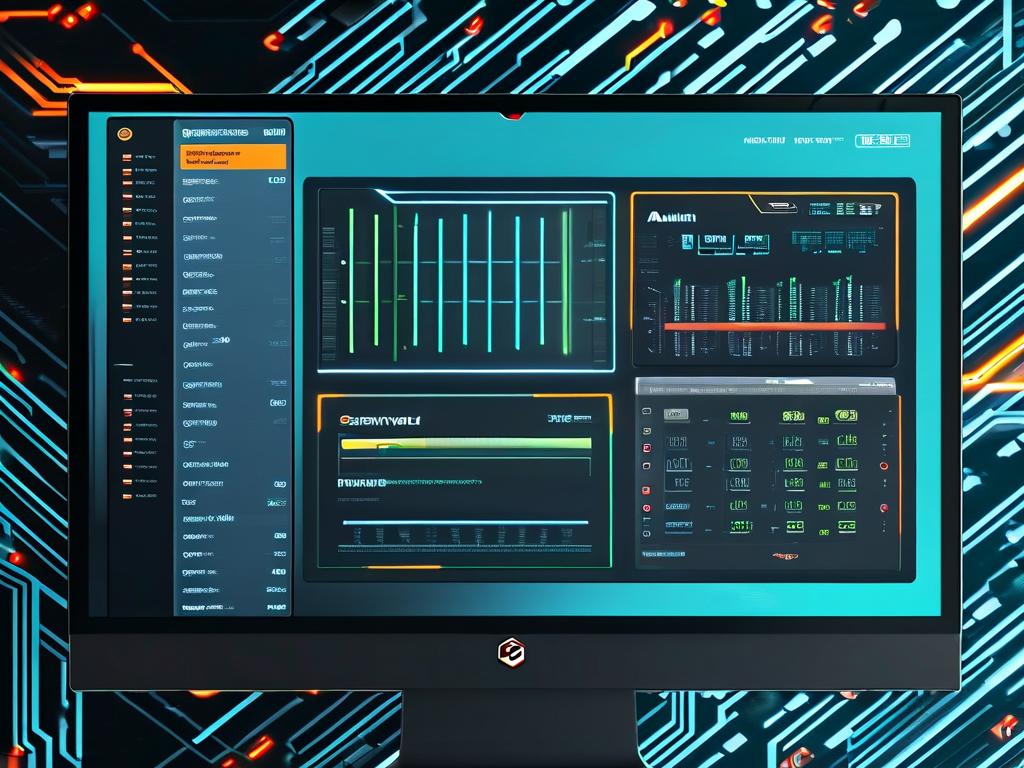Distributed service architecture has become the backbone of modern enterprise systems, enabling scalability and fault tolerance. This article explores essential software components that power these architectures, providing insights for developers and architects aiming to build resilient systems.

At its core, distributed service architecture relies on service discovery mechanisms. Tools like HashiCorp Consul and Netflix Eureka allow services to locate each other dynamically in a networked environment. For instance, Consul uses a decentralized approach with health checks to maintain an updated registry of available services. A typical configuration snippet might include setting up agent nodes:
agent {
data_dir = "/opt/consul"
server = true
bootstrap_expect = 3
}
API gateways form another critical layer, acting as traffic controllers. Solutions such as Kong and Spring Cloud Gateway manage routing, authentication, and rate limiting. These tools simplify cross-cutting concerns by centralizing policies, reducing code duplication across microservices.
For load balancing, software like NGINX and HAProxy remains indispensable. They distribute incoming requests across service instances while supporting advanced algorithms like least connections or round-robin. In cloud-native environments, Kubernetes' built-in load balancing seamlessly integrates with containerized workloads.
Distributed configuration management tools address the challenge of maintaining consistency across environments. Apache ZooKeeper and Spring Cloud Config enable centralized storage and real-time updates for application settings. This ensures all service instances operate with identical parameters without manual intervention.
Message brokers like RabbitMQ and Apache Kafka facilitate asynchronous communication between services. Kafka’s log-based architecture excels in event streaming scenarios, while RabbitMQ’s AMQP protocol suits traditional task queues. Developers often implement Kafka producers using code like:
Properties props = new Properties();
props.put("bootstrap.servers", "kafka-cluster:9092");
props.put("key.serializer", "org.apache.kafka.common.serialization.StringSerializer");
Producer<String, String> producer = new KafkaProducer<>(props);
Monitoring and tracing systems complete the ecosystem. Prometheus paired with Grafana handles metric collection and visualization, whereas Jaeger and Zipkin provide distributed transaction tracing. These tools help teams identify bottlenecks – for example, tracing a slow API call across multiple service boundaries.
Container orchestration platforms like Kubernetes deserve special mention. While not strictly part of service architecture software, they provide the runtime environment for these components to operate cohesively. Features like automatic scaling and self-healing deployments complement distributed system principles.
When implementing these tools, architects must consider trade-offs. A lightweight service mesh like Linkerd might suit smaller deployments, while Istio’s richer feature set benefits complex ecosystems. Similarly, the choice between etcd and Consul for service discovery depends on specific consistency requirements and operational complexity.
Security layers cannot be overlooked. Tools such as Vault for secret management and OAuth2 proxies for authentication must integrate seamlessly with other components. A common pattern involves injecting secrets via sidecar containers in Kubernetes pods.
The evolution continues with emerging trends. Serverless frameworks and WebAssembly-based runtimes are pushing boundaries in distributed architectures. However, foundational components discussed here remain relevant, forming the bedrock upon which innovations build.
In , building a robust distributed service architecture requires careful selection and integration of specialized software. By combining service discovery, API management, messaging, and observability tools, organizations create systems that scale efficiently while maintaining operational visibility. As technology evolves, these components adapt, but their core functions persist as pillars of distributed computing.









